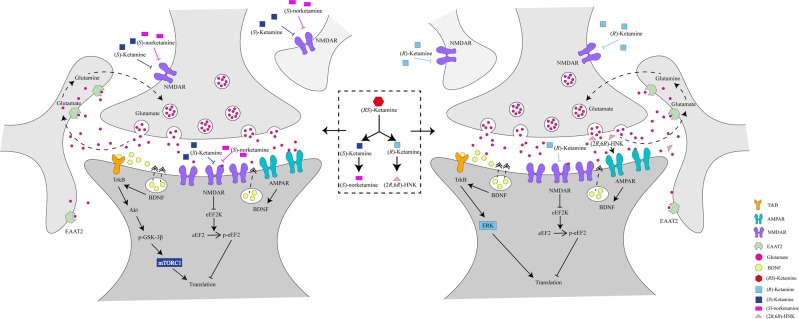Fig. 2. Proposed cellular mechanisms of antidepressant actions of enantiomers of ketamine, and its metabolites.
Left: (S)-Ketamine is metabolized to (S)-norketamine. (S)-Ketamine activate AMPAR, subsequently, (S)-ketamine activates mTORC1 signaling, resulting in activation of BDNF–TrkB signaling40,72. Although (S)-norketamine does not activate AMPAR, (S)-norketamine activates mTORC1 signaling, resulting in activation of BDNF–TrkB signaling119. Right: (R)-Ketamine is metabolized to (2R,6R)-HNK. Antidepressant-like effects of (R)-ketamine in rodents are more potent than (S)-ketamine, and antidepressant-like effects of (2R,6R)-HNK are inconsistent. (R)-Ketamine activates AMPAR, subsequently, (R)-ketamine might activate MEK–ERK signaling, resulting in activation of BDNF–TrkB signaling40,72. AMPAR activation may be necessary for antidepressant-like actions of (2R,6R)-HNK41. The mTORC1 signaling and BDNF-TrkB signaling may play a role in the antidepressant effects of (R)-ketamine40,72

